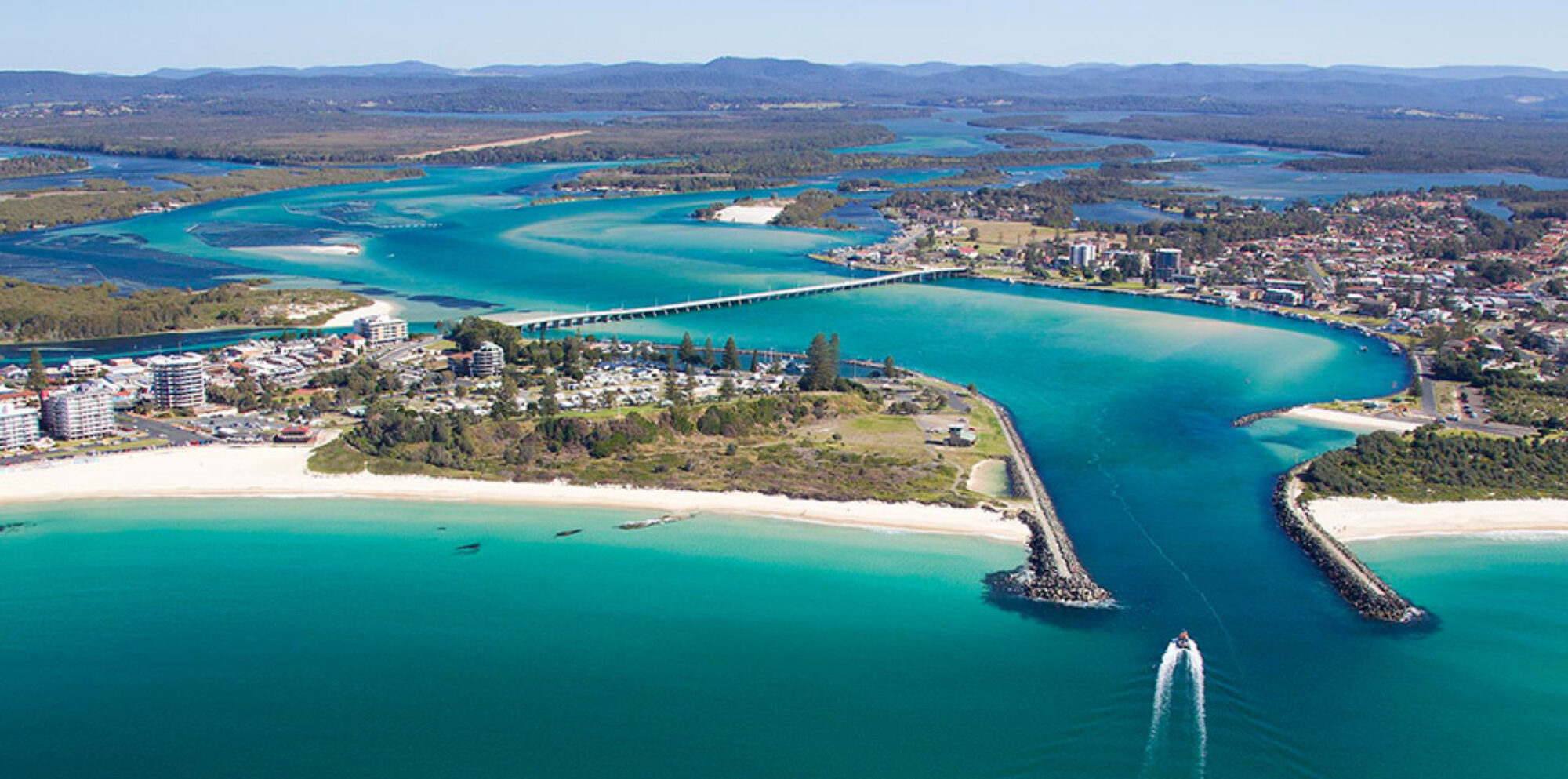In an emergency situation, a major priority is to attract the attention of other people who may be able to help, from passers- by through to emergency services and search and rescue teams. There are many different methods as outlined below for signalling to attract attention.
Whistles– A whistle is an inexpensive and light piece of safety gear that can make a big difference so it should become an essential item packed. Universally, three sharp blows of a whistle are generally accepted as a signal for distress. This should be repeated every 5- 10 minutes to increase the chance of being heard. It is important to not treat the whistle like a toy or let kids walk around blowing it during a hike. A whistle (ideally a pealess whistle to avoid issues with dirt or water affecting performance) is an extremely important piece of emergency gear and should be treated as such, both on land in an aquatic activities.

Signal fires– A fire can be an obvious sign that help is needed. Seeing smoke, even it is only a campfire, will alert any search and rescue teams that people are present and help narrow the search.
During the day, a signal fire, designed to attract people to your location, needs to be very visible. The best way to do this is create a lot of smoke. To do this, once the fire has been established, add plenty of green vegetation which will burn and produce a dark, blacker smoke which should contrast against the sky.
Night fires should be the opposite. The aim of a fire during the night is to create a hot fire which can create a bright glow. To do this, dry wood is needed. Wet, green leaves will only produce dark smoke against the dark sky and cool the fire down, dimming the glow.
Care should always be taken to avoid fires becoming out of control. Becoming lost is not as dangerous as fleeing from an out of control fire.
Mirrors– A mirror or other reflective surface can be a very inexpensive but useful tool designed to attract the attention of rescuers, particularly when there are aerial searches or in areas of changing altitudes where a searcher may be on higher ground. A small mirror can be used to reflect sunlight towards rescuers or a rescue aircraft. Hold the mirror in your hand and aim the reflection towards the rescuer or aircraft. This flash may be enough to draw the attention of a searcher to your location and allow them to narrow the search. It’s important to note that a mirror should be used with caution, as it can also start a wildfire if it reflects sunlight onto dry vegetation.
Sand drawings– In an open area with little vegetation, creating a very visible symbol or cry for help can be a possibility. The universal symbol for help is SOS and this should be drawn or carved into sand or soft soil. Other simple messages such as HELP could also be used. This may attract aerial searchers to your location. An example of this could be on sandy beaches if trapped after a marine emergency. In outback areas, where the trees are sparse, scratching a signal into the red earth can improve chances of being seen. This can be accentuated by rocks, sticks or anything at hand.
Flares– Traditionally used in maritime environments, flares can be a vital piece of equipment for emergency situations. There are two main colours in flares, red and orange. Red flares are ideal for both daytime and night. They can be seen for up to 10 nautical miles (16km) away. Orange flares, designed for day use due to their contrast with the sky, do not have the same range but are very visible for rescuers because of this contrast.
A flare should only be used in an emergency situation where there is a chance of being seen. They last for 15- 20 minutes and are a one- time only use. If they are not seen that is the end of their use. It is essential that flares are treated seriously, stored safely and used only when needed. They can cause burns to people if used inappropriately and can lead to fires if people are not careful.
Hand signals– The final and potentially least effective signal is a hand signal. This requires visual contact with a rescuer and should be used in conjunction with the other signalling methods listed above.
In the surf, the recommendation when seeking help is to simply put one arm overhead or wave that one arm. This will alert lifesavers that you are in trouble. If you are lost on a bushwalk, this would not be appropriate as it may be misconstrued as waving. In this circumstance, raising both arms and waving them up and down will indicate to the rescuer that you seek assistance.

